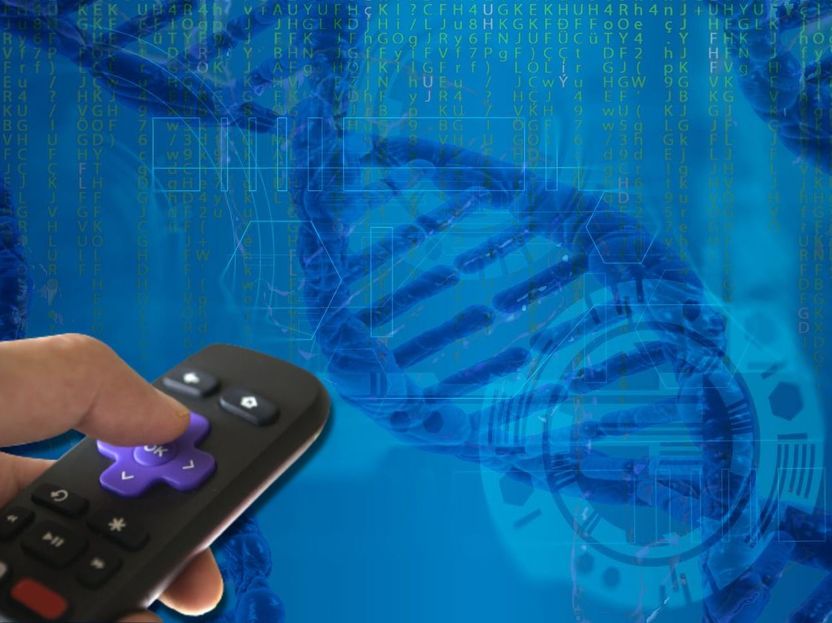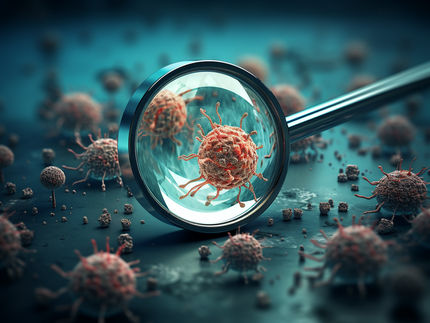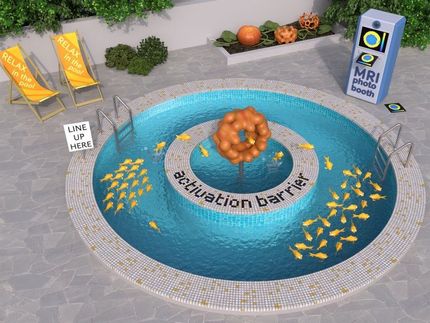Sodium MRI gives new insights into detecting osteoarthritis, NYU researchers find
Researchers at New York University have developed an innovative way to look at the development of osteoarthritis in the knee joint—one that relies on the examination of sodium ions in cartilage. Their work, which appears in the Journal of Magnetic Resonance, may provide a non-invasive method to diagnose osteoarthritis in its very early stages.
The concentration of sodium ions, which are distributed in the body, is known to reveal the location of glycosaminogycans (GAGs) in cartilage tissues. GAGs are molecules that serve as the building blocks of cartilage and are involved in numerous vital functions in the human body. Mapping the GAG concentration is necessary for the diagnosis and monitoring of a number of diseases as well as to determine the efficacy of drug therapies. For instance, GAG loss in cartilage typically marks the onset of osteoarthritis and inter-vertebral disc degeneration.
However, the existing techniques for GAG monitoring—based on traditional magnetic resonance imaging (MRI)—have limitations: they cannot directly map GAG concentrations or they require the administration of contrast agents to reveal the location of these concentrations.
But since sodium ions are already present in cartilage, researchers have sought to measure these ions using special MRI techniques that are non-invasive.
Such a methodology was previously developed at the University of Pennsylvania and Stanford University. However, these methodologies were not able to isolate ions in different parts of the knee area. Specifically, they could not make clear-cut distinctions between signals of slow motion sodium ions in the cartilage from those of free sodium ions in synovial fluid and joint effusion in the knee joint.
The NYU research team sought to improve on this method by focusing on the differences in the properties of sodium ions in the two environments.
Since sodium is present not only in cartilage, MRI images often cannot tell whether the sodium concentration measured is located in cartilage or elsewhere in the knee joint. To better target where these sodium concentrations reside, the researchers focused on the differences in the magnetic behavior of sodium ions residing in different tissues. By exploiting these characteristic properties of sodium ions in different environments, the research team was able to develop a new method to isolate two pools of sodium ions. As a result, it was able to obtain images in which the sodium signals appear exclusively from regions with cartilage tissue.
This new sodium MRI method not only could provide a non-invasive way to diagnose osteoarthritis in its very early stages, but could also help to calibrate other, less direct measures of cartilage assessments.
Most read news
Organizations
Other news from the department science

Get the life science industry in your inbox
By submitting this form you agree that LUMITOS AG will send you the newsletter(s) selected above by email. Your data will not be passed on to third parties. Your data will be stored and processed in accordance with our data protection regulations. LUMITOS may contact you by email for the purpose of advertising or market and opinion surveys. You can revoke your consent at any time without giving reasons to LUMITOS AG, Ernst-Augustin-Str. 2, 12489 Berlin, Germany or by e-mail at revoke@lumitos.com with effect for the future. In addition, each email contains a link to unsubscribe from the corresponding newsletter.
More news from our other portals
Last viewed contents























































